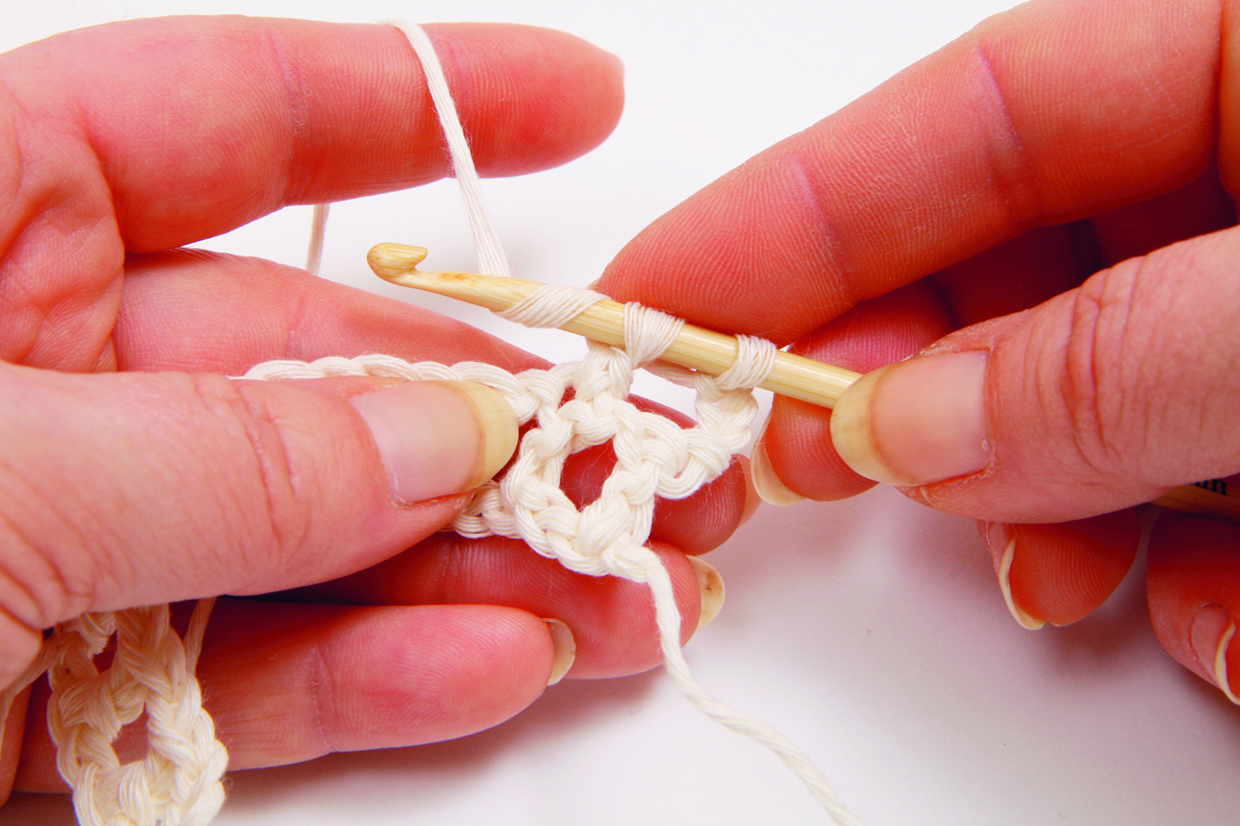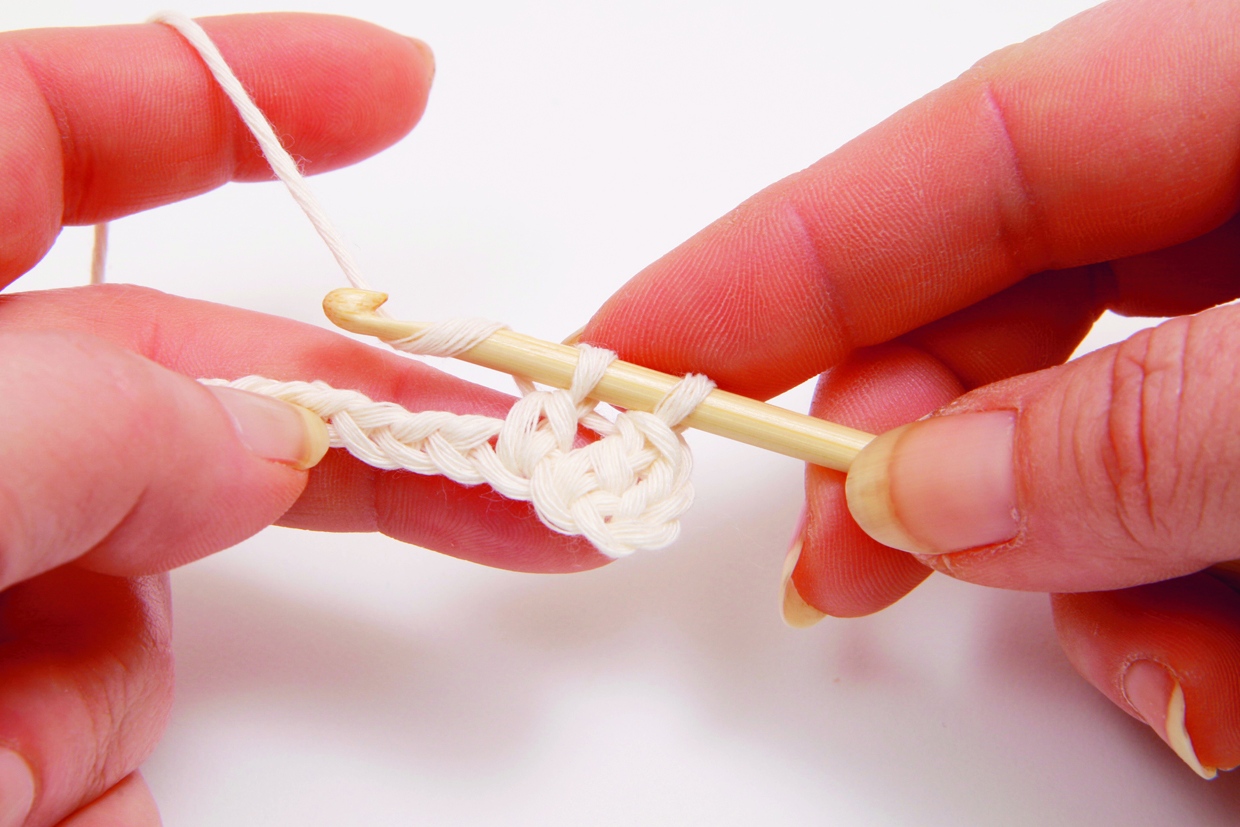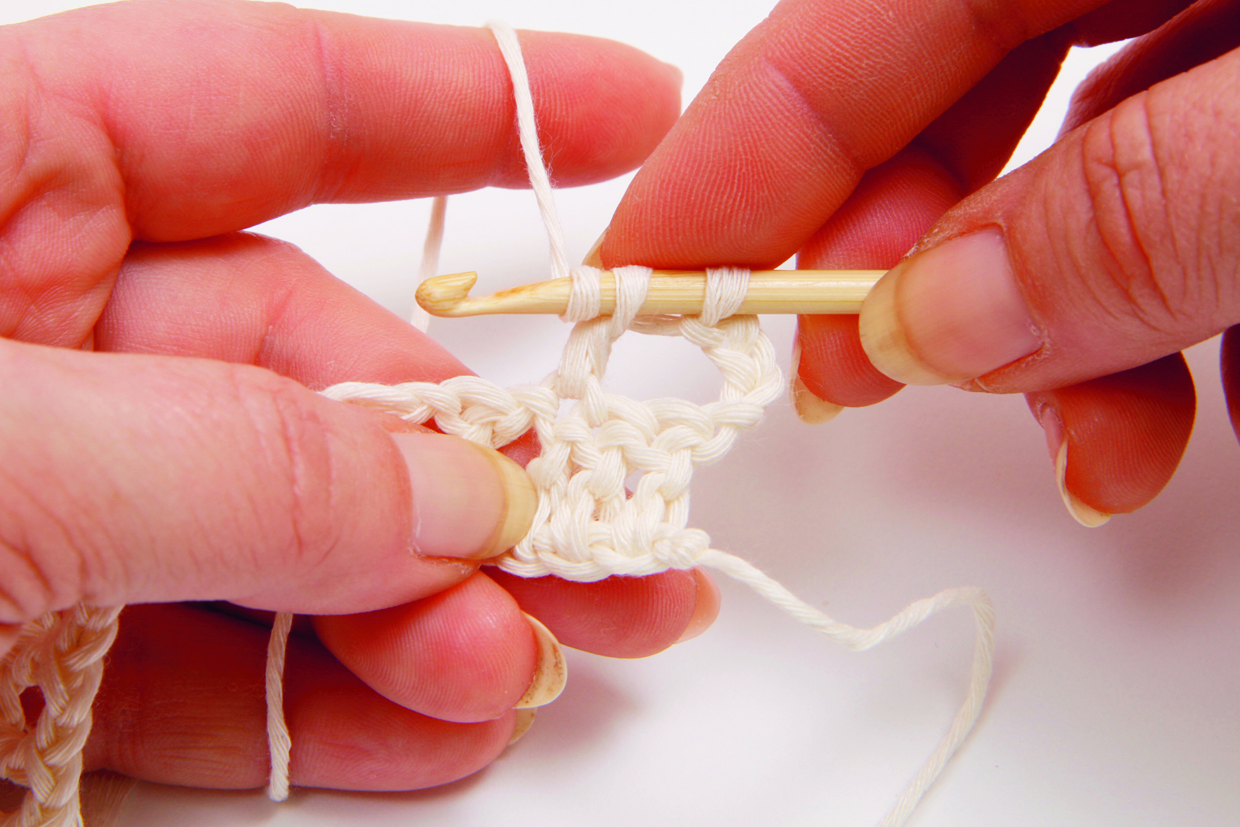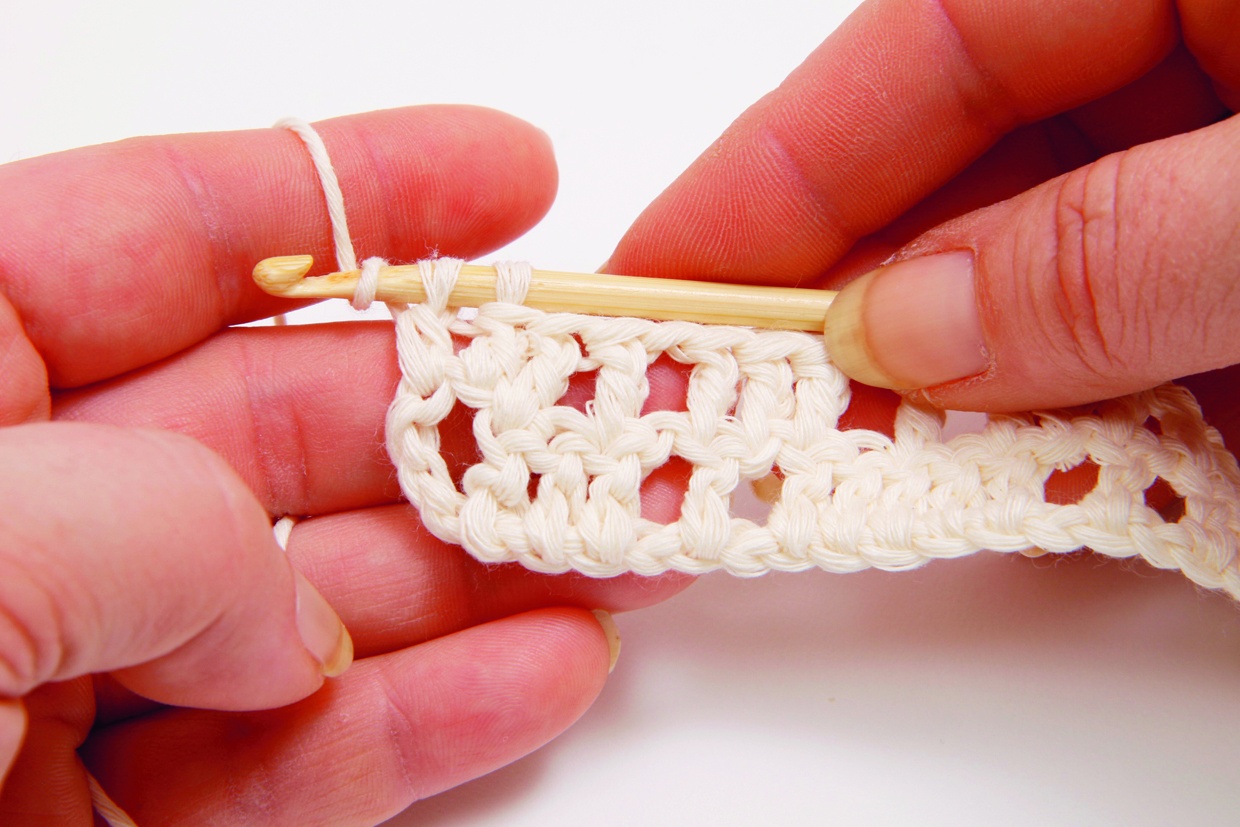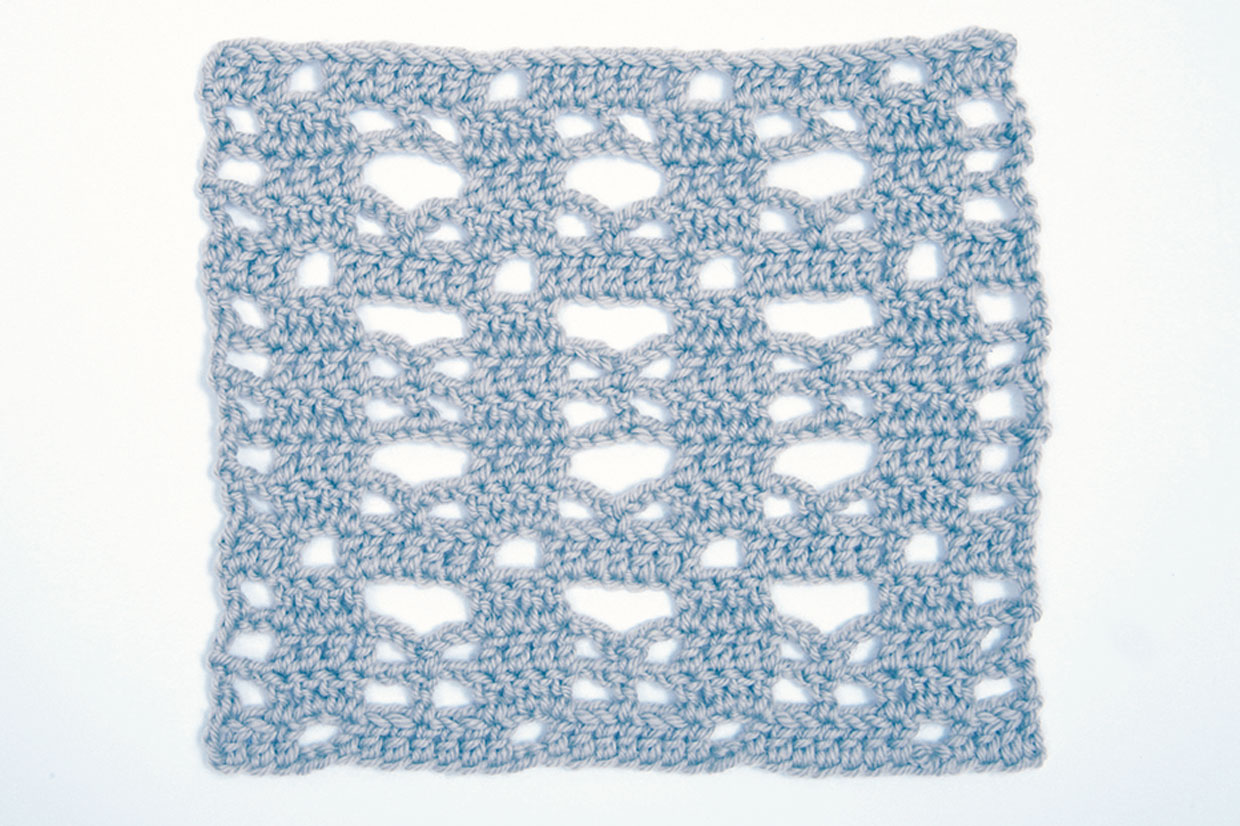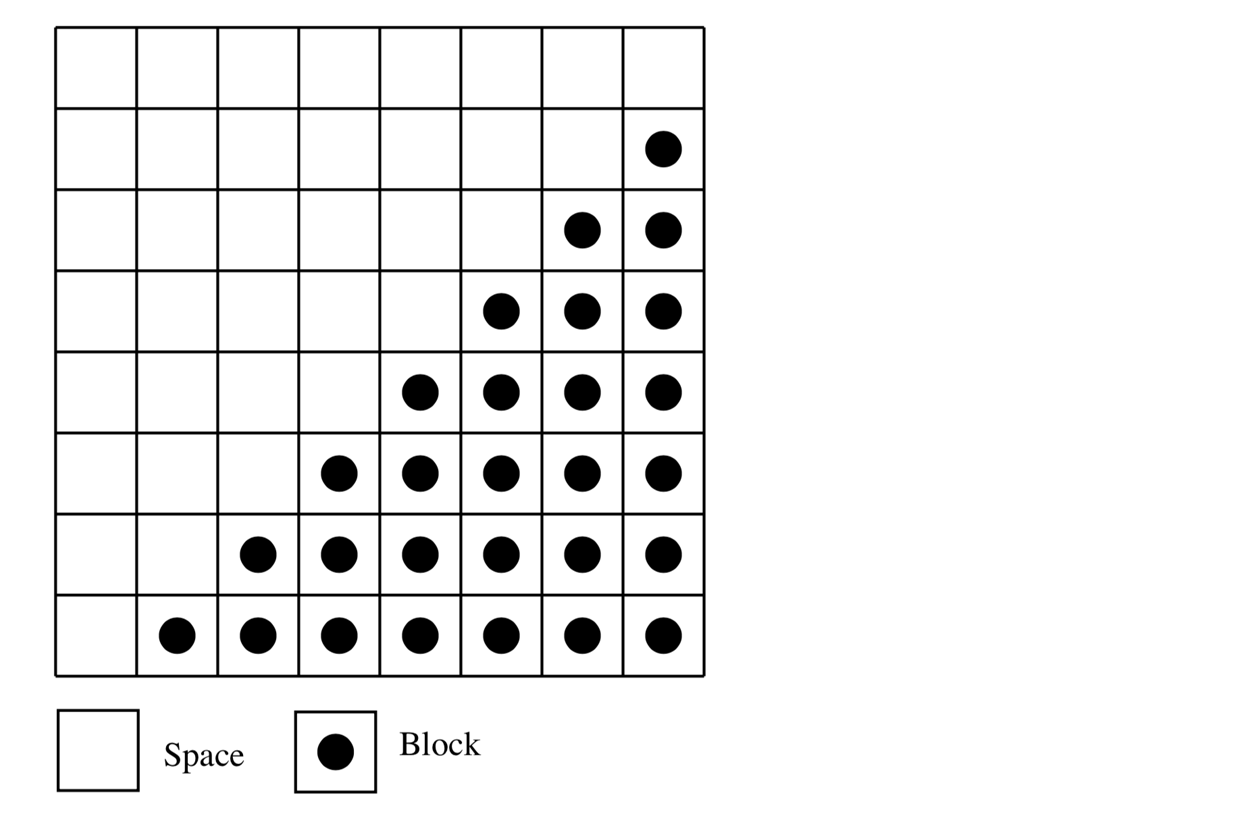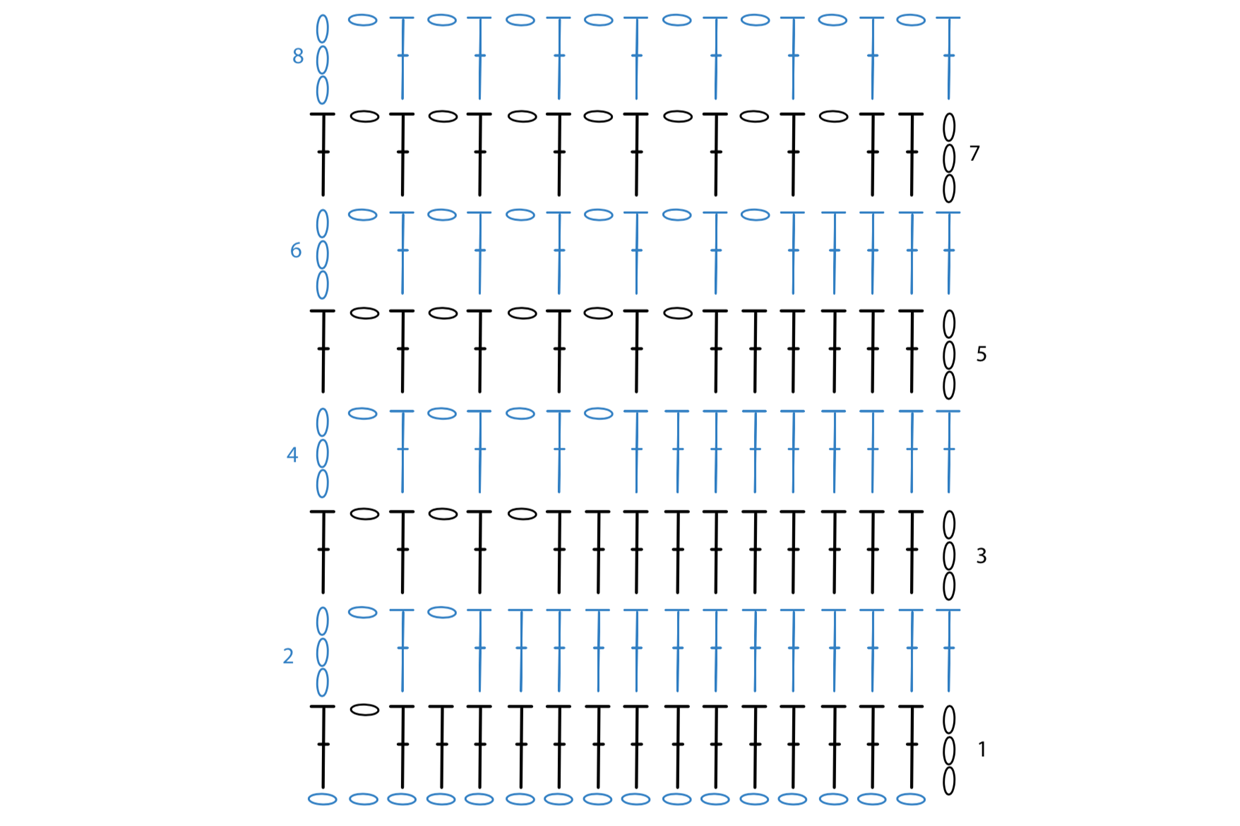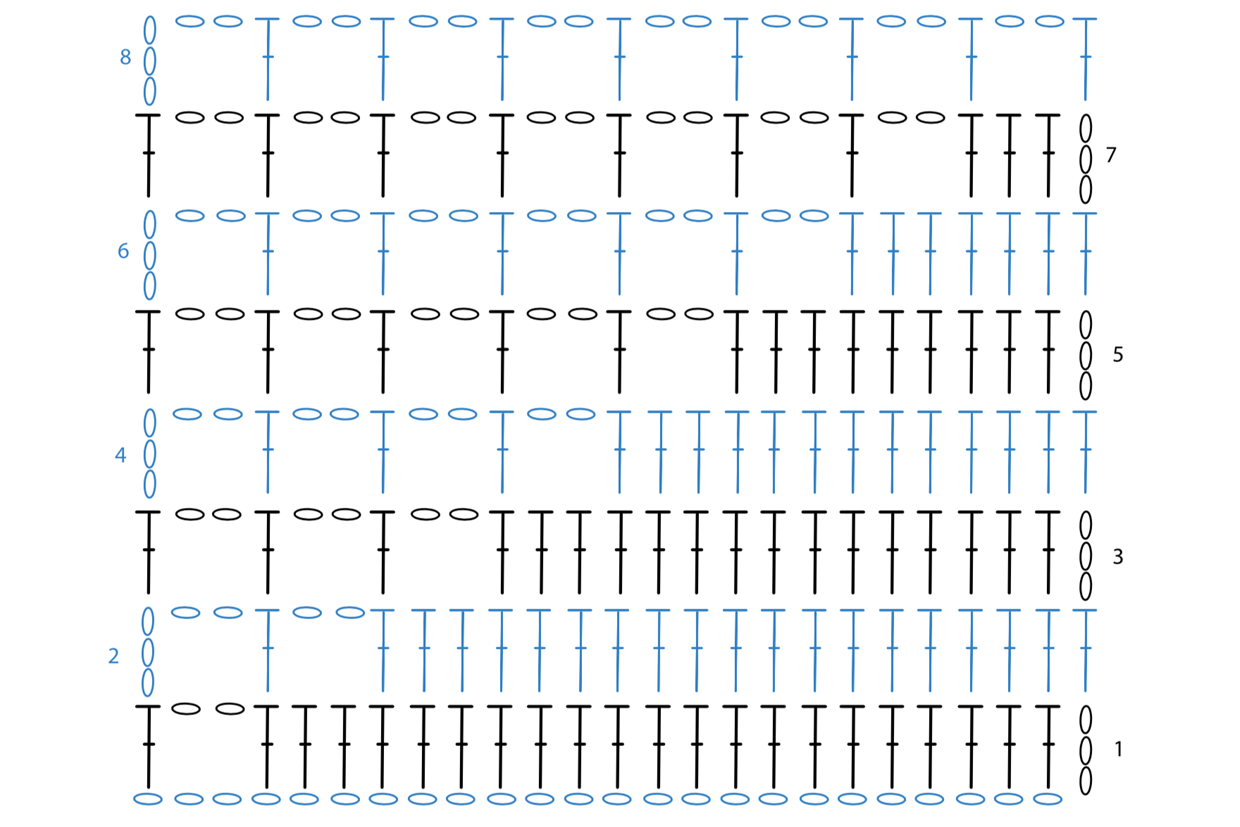Filet crochet is an open, lacy technique that’s often used to show geometric patterns, images and lettering. The techniques involved are very simple – basic filet only uses chains and treble stitches, but with just these basic stitches, you can create an unlimited number of filet crochet patterns, shapes and images. In this tutorial we’ll show you how to filet crochet and then you can use your new skills to make our free filet crochet table runner pattern.

Usually made in rows, filet crochet is made up of a grid or mesh, where squares are either left empty and open or they are filled with stitches – combinations of these squares will form filet crochet patterns.
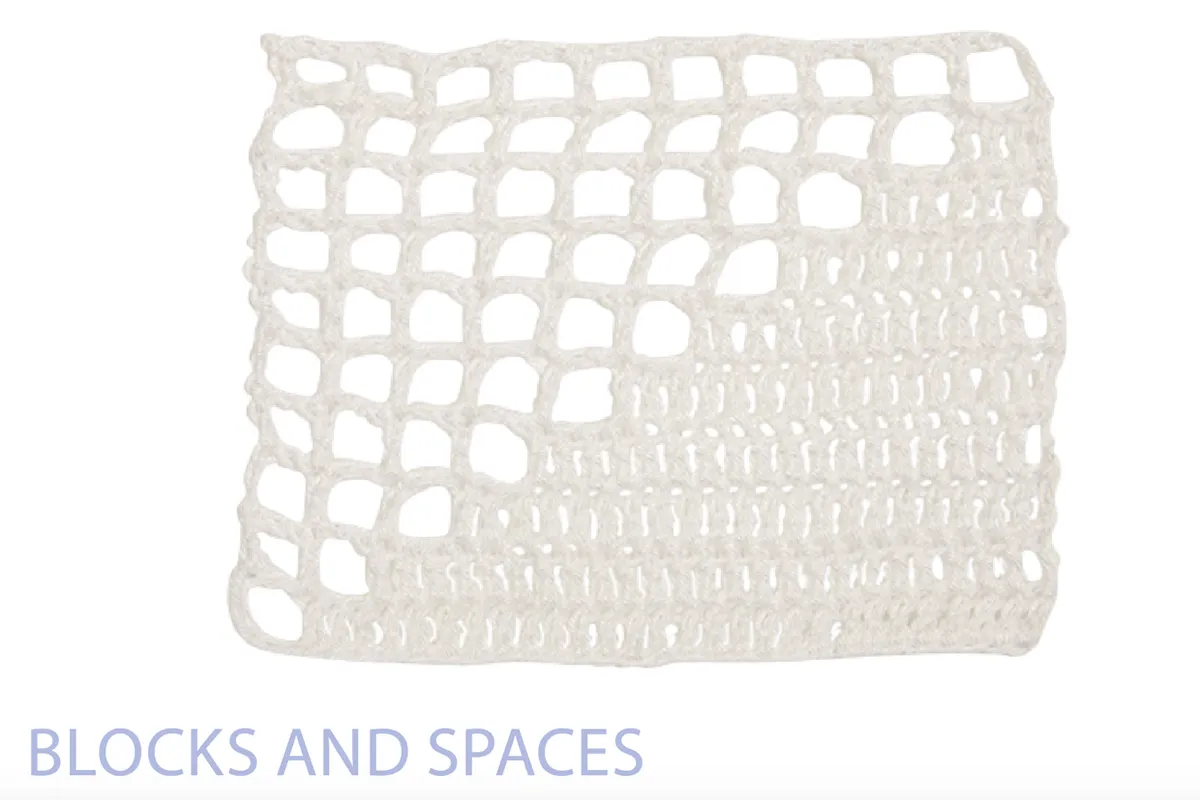
When you’re first learning how to work filet crochet techniques, it’s best to practise with a smooth cotton yarn, in a DK weight (or heavier), and the appropriate size hook for the yarn.
It’s the ease with which filet crochet can render almost any shape or image into knotted fabric that sets it apart from other crochet techniques, making it a perennial favourite – and hooking us into a long history of lace and crochet making. As far back as the 16th century, in Italy, the word filet was associated with a knotted lace net whose spaces were darned to form patterns. Filet crochet, as we know it today, arrived in the UK in the second half of the 19th century. It imitated bobbin lace-making and was a cheaper alternative.
What yarn should I use for filet crochet
For best results with filet crochet patterns, stick to smooth yarns such as cotton. Beyond that, you can use fine threads and small hooks to create elaborate and detailed patterns that look like lace, or choose chunky yarns and big hooks to show off a pattern on a larger piece of fabric. The samples below show how the same simple filet pattern will look if you use different weights of yarn. Each piece is approximately the same size and each one uses a simple diagonal pattern –
This first swatch uses super chunky yarn.
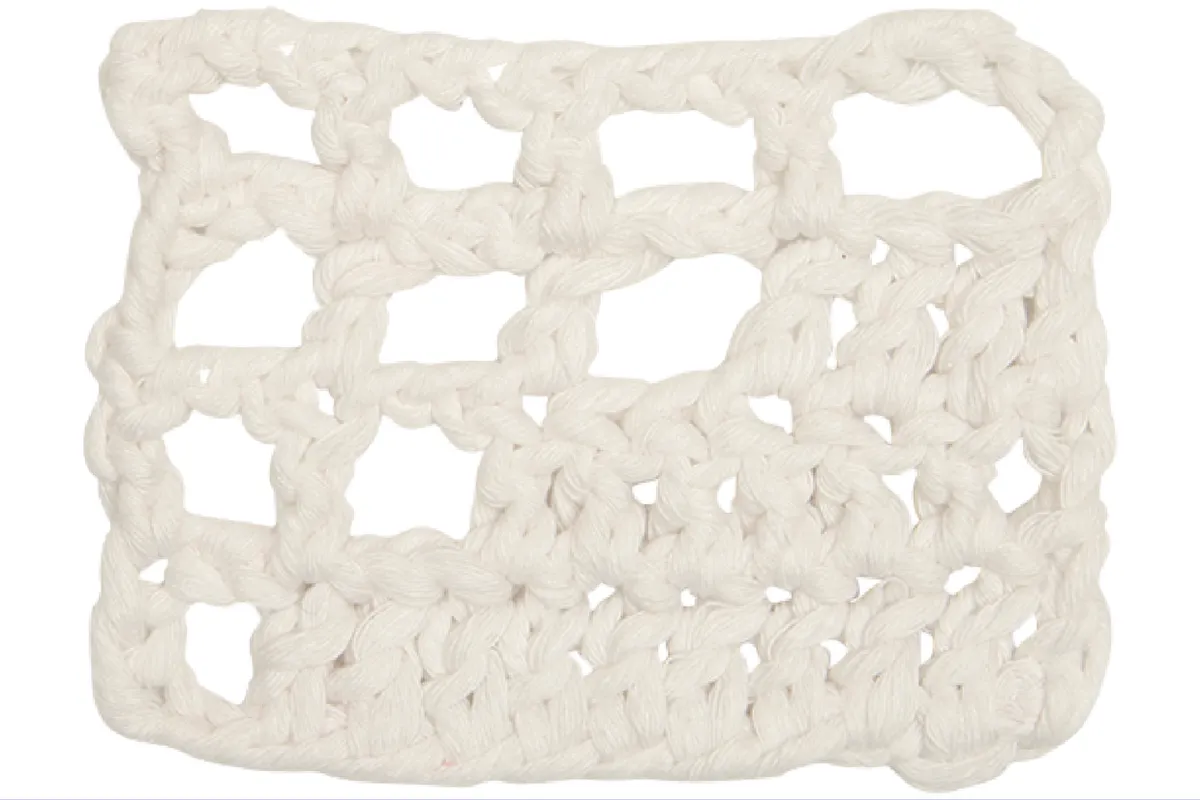
This second swatch uses chunky yarn.
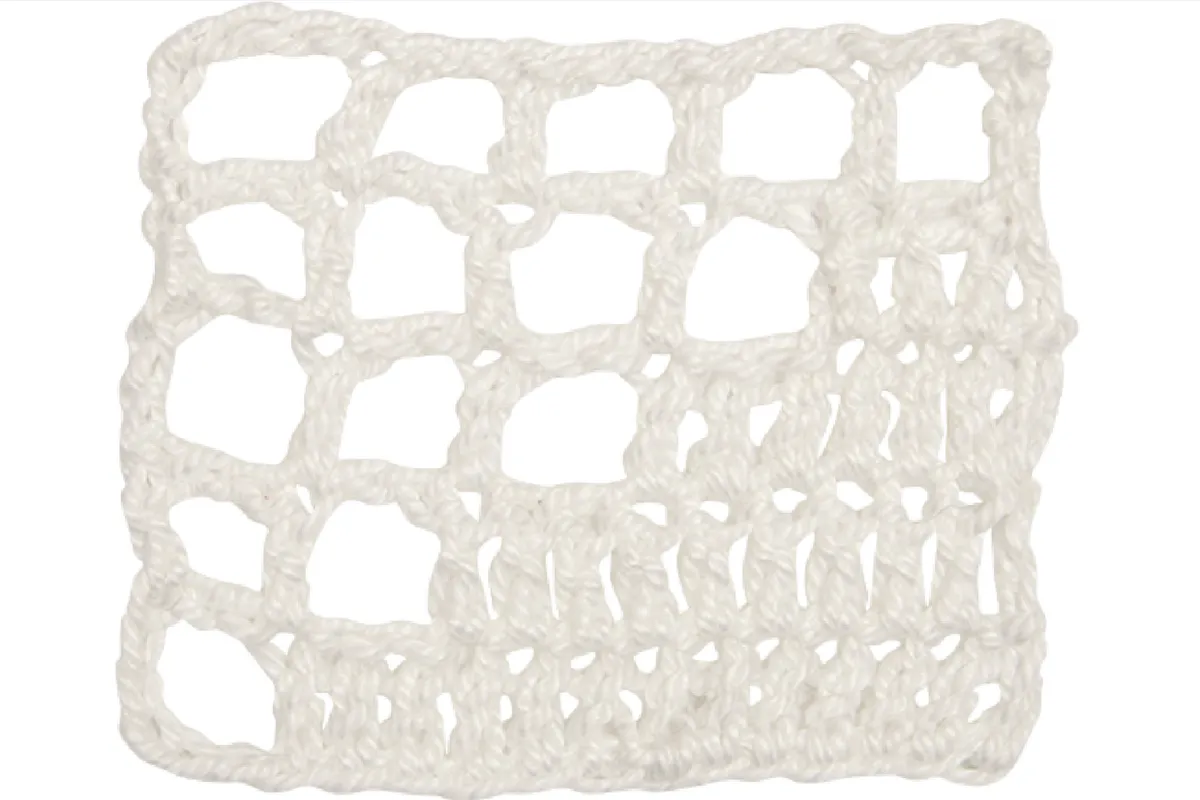
This third swatch uses DK yarn.

This last swatch uses 4ply yarn.
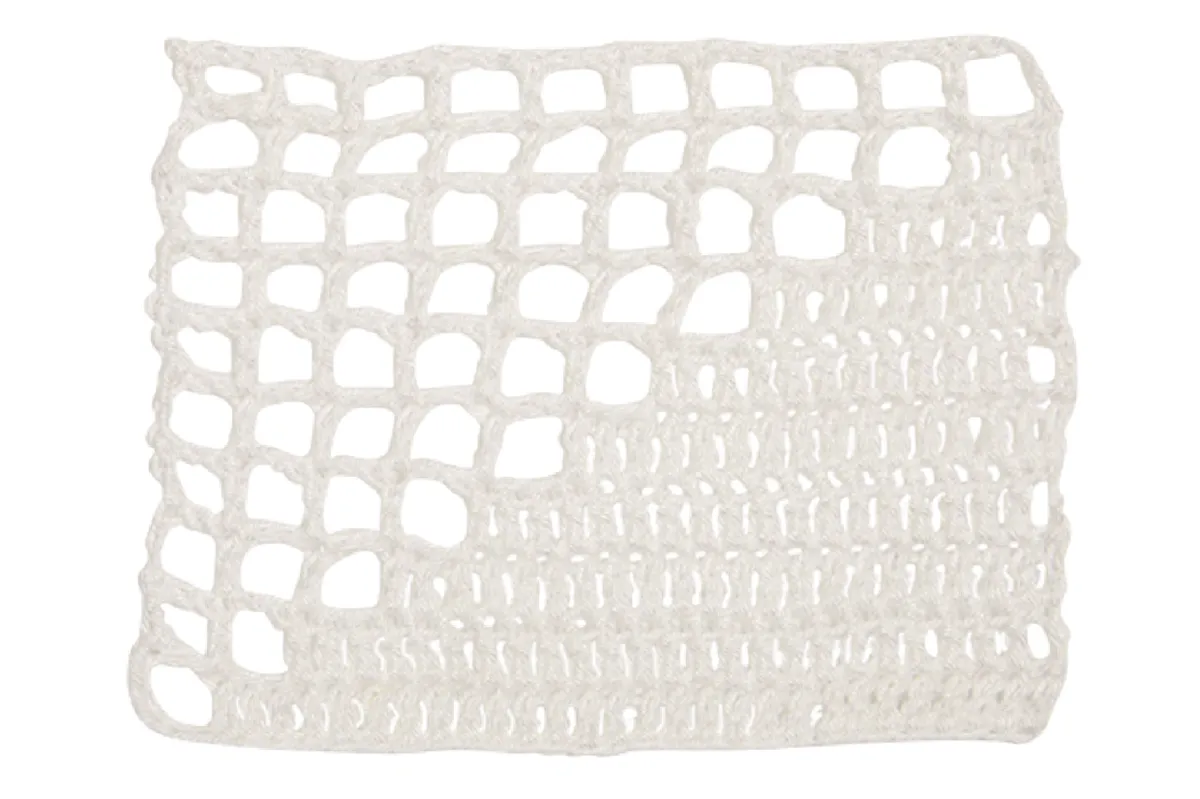
You can see how the diagonal line becomes less stepped as the yarn gets finer. Now that you know which yarn, let's learn how to filet crochet!

